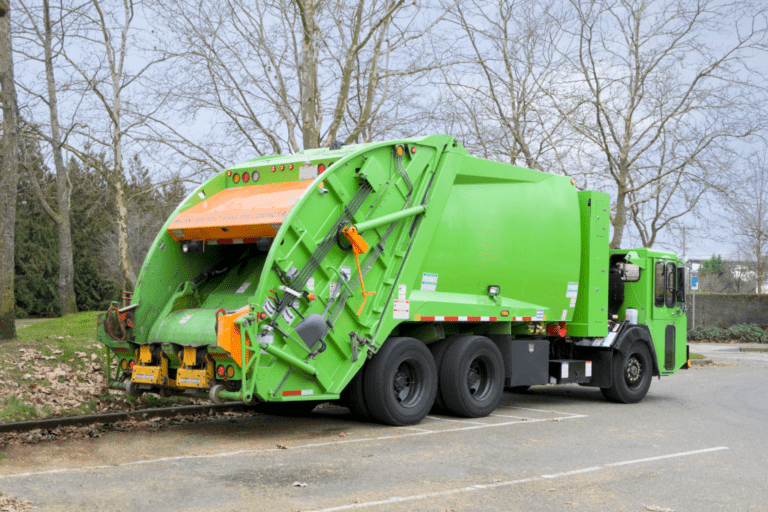We may be on the cusp of a new era for truck inspections.
As the landscape of commercial vehicle enforcement evolves, there is a growing emphasis on thorough pre-trip and wireless roadside inspections. Now that key steps are in motion, things can change rapidly.
The carriers that start preparing now will be ahead of the game when it comes to complying with these emerging regulations down the road.
What should we expect? Broadly speaking, carriers may soon need to install devices capable of transmitting crucial information about their trucks and drivers to roadside enforcement authorities. While the specific method of data transmission remains uncertain, actions by the Federal Motor Carrier Safety Administration (FMCSA) provide evidence that the industry could be on the verge of a significant transformation.
Understanding UID and its importance for inspections
UID, which is the concept of Electronic Identification or Unique Electronic Identification, involves seamless transmission and recognition of trucks as they travel on highways for roadside enforcement agencies, who then use the information collected to make informed decisions regarding screening and inspections.
The Commercial Vehicle Safety Alliance (CVSA) first petitioned the FMCSA for a rulemaking on UID in 2010. After initial resistance, the FMCSA eventually agreed to consider it, and the recent introduction of UID in the Infrastructure, Investment, and Jobs Act (IIAJ) further formalized its adoption, leading to the issuance of an Advance Notice of Proposed Rulemaking (ANPRM) by the FMCSA.
According to this informative analysis from PrePass, truck manufacturers, associations and other stakeholders have collectively agreed that any universal electronic vehicle identifier should be limited to a single data point, such as the vehicle identification number (VIN). This would allow enforcement entities to identify the vehicle without transmitting personally identifiable information (PII) of operators or burden carriers with extra costs.
However, the final IIAJ legislation seems to have created more questions than answers, leaving the interpretation of UID open-ended.
Getting clarity on Level VIII and UID
One prevailing concern within the industry is the potentially confusing overlap between UID and Level VIII inspections.
The proposed UID rules encompass a wide range of information, including driver PII, GPS data, hours of service, CDL compliance, medical certification and various truck details.
This has led to conjecture that UID may be integrated as an identifier within a CVSA Level VIII inspection. In this case, the goal would be to determine which trucks require an inspection as they pass by at highway speeds.
But given that Level VIII inspections require a much wider data set than UID, carriers would naturally prefer clarity about how this might impact the data associated with UID.
Key considerations for fleets
While clear answers might not be readily available, certain issues will need to be addressed by enforcement agencies and industry stakeholders to ensure a smooth transition.
For example, what methods will be used for transmitting and receiving carrier and driver data?
How will that data be stored and protected? Which trucks would need to have a UID? What would enforcement look like?
PrePass has helpfully categorized fleets’ main considerations as follows:
- Boosting safety: Identifying trucks is useful, but not a cure-all. Will these policies provide tangible safety benefits?
- Data use: Knowing the full extent of data inclusion will be key. While a VIN may suffice for truck identification, implementing a costly system solely for transmitting VINs could be impractical and raise privacy concerns.
- Data transmission: Implementing sophisticated technology could require a hefty investment for carriers and potentially create inequities within the industry, favoring those with newer equipment.
- Data protection: Securing transmitted data poses an additional challenge. Encryption systems would be necessary to protect sensitive UID data, and ensuring privacy is crucial.
- Cost concerns: The costs associated with UID implementation remain uncertain. Fleets should keep an eye on how this issue evolves to gain a better understanding of potential financial ramifications as more information becomes available.
It is crucial for the trucking industry and state enforcement agencies to engage with the FMCSA and other stakeholders to address concerns and find the most effective solutions before deploying these new systems.
As these regulations take shape, fleets must prepare for the potential impact and adapt to meet the changing requirements of the industry.
As the leading software platform for fleet inspections and maintenance, Whip Around is closely monitoring these developments.
Seeking guidance or answers to questions? We can help. Book a demo or try Whip Around for free.









